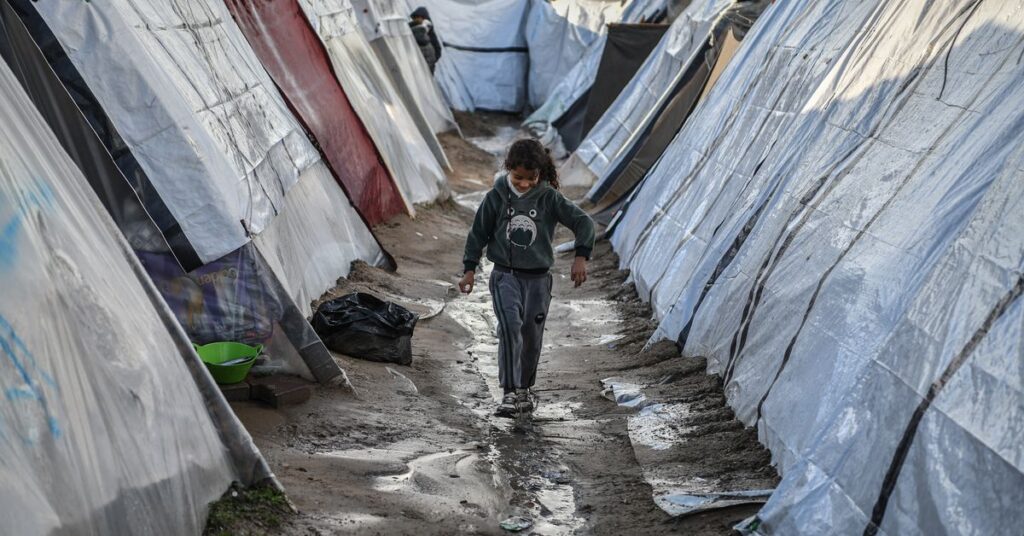More than four months into the Israel-Hamas war, Gaza residents are struggling to survive winter conditions with insufficient food, drinking water, medicine, and clothing.
The majority of them have fled to Rafah, a city in the south bordering Egypt. With a prewar population of about 280,000 residents, Rafah is now housing nearly 1.5 million refugees, according to the United Nations agency for Palestinian refugees (and confirmed by satellite images).
It was, theoretically, a refuge from the intense shelling and ground operation Israel launched after Hamas brutally attacked the country on October 7. That sense has been shattered this week. Israeli airstrikes on Monday killed about 100 people, and Israeli Prime Minister Benjamin Netanyahu has indicated a ground offensive might be imminent.
Meanwhile, negotiations have stalled on discussions of a ceasefire deal and a hostage and prisoner swap between Israel and Hamas.
The negotiations, helmed by the United States, Egypt, and Qatar, ground to a halt Wednesday after Netanyahu called his delegates back from a summit in Cairo, accusing Hamas of presenting “delusional” demands in order to avoid a deal.
The relatives of the estimated 130 remaining hostages said the decision amounts to a “death sentence” for their family members languishing in Hamas captivity, about a quarter of whom are presumed dead.
And it leaves the Palestinians sheltering in Rafah feeling even more hopeless. The Today, Explained podcast team spoke with Aseel Mousa, a Palestinian freelance journalist who grew up in Gaza, about how we got here, what it’s like on the ground right now, and what happens next.
How so many Palestinians ended up in Rafah
As Israel started its aerial bombardment — following the October 7 Hamas attacks, which killed about 1,200 Israelis, with more than 240 people taken hostage — it directed Gazans to flee south to avoid the fighting. That was always a fraught directive in a territory the size of Detroit but…
Read the full article here





